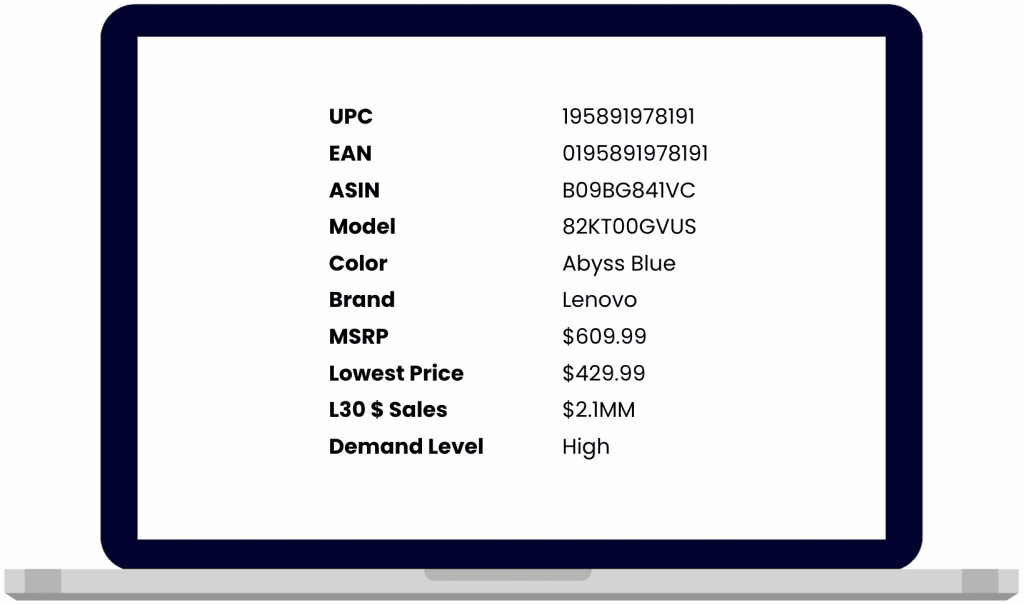Category / Brand Analysis
Track Category Share and Product Assortment
- Track up to 0.5M products in a category or brand to identify your top competitors and compare your performance.
- Segment by promotion types and prices, all the way down to the SKU level to pinpoint the sales levers that are driving growth for your competition.
- Track and understand historical data to analyze and benchmark market share gain or loss, by channel and by competitor.
- Analyze new product introductions as well as opportunities for underdeveloped products to benchmark eCommerce versus share in brick-and-mortar.


make real-time adjustments
Industry Types

Marketplaces
Complete solution from catalog integrity and assortment to seller onboarding and more

Brands
Access real-time visibility into market share down to SKU-level and build a strong reputation

Financial Institutions
See the big picture, predict trends and streamline investment opportunities with the right data
Why Clusterfor Category / Brand Analysis?
Catalog Breadth
Cluster has over 2 billion products in its catalog, coming directly from the world’s largest marketplaces including Amazon, eBay, and Walmart.com.


Unique Identifiers
The Cluster database has created a single product view (regardless of channel or locale for example) called an AID, or unique Cluster Identifier. Cluster also uses GTINs verified by GS1 through an official partnership.
Sales Trend Data
Cluster helps enterprises make data-driven decisions from UPC all the way to category level, by utilizing transactional and digital POS data (read more about our data methodology here).

Best Practices for
Category / Brand Analysis
- Identify trends (at the brand, category and product level), and high-demand categories that might not yet exist in your catalog.
- Understand the demand level of other brands or marketplaces, when onboarding or creating new categories or segments.
- Identify seasonality of specific categories or brands to tackle promotions (i.e. Cyber Monday, Black Friday).
- Identify product types by clustering them together in certain categories in order to understand product types (such as specific flavors or scents), or misses.

Technical Overview
Product Performance API
to retrieve tracking performance

Search Engine API
to retrieve digital shelving
